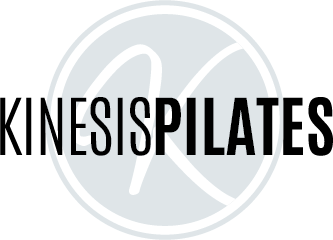Joseph Pilates said in his 1945 book Return to Life that we should not “devote ourselves only to the mere development of any particular pet set of muscles…” The term “pet muscles” is exactly right, even 85 years later. We do have muscles we love more than others, and requests to work the abs, glutes, and triceps are abundant. But what about iliacus, quadratus femoris, or supraspinatus?
Rather than training specific muscles with intensity while completing neglecting others, Joseph Pilates believed we should work towards the uniform development of our whole body. And here are two important reasons why.
Injury Prevention
When you develop your big gross motor movers, like the quads and glutes and lats, without training the smaller muscles that stabilize the spine or support the joint, you create an imbalance. The big muscle is likely already stronger, relatively speaking, then the smaller, supporting muscles. And by focusing your training on it, you exacerbate that imbalance. Now when the bigger, stronger muscle pulls on your bones, the smaller muscles will struggle to balance its pull—and voila, the risk of injury increases. It’s like hanging a really heavy painting on a very thin wall. The wall just can’t support it. And your spine, or your shoulder, or whatever other joint you want to think of, can’t always support the strong pull of your gym-developed big muscles.
Improved Circulation is Specific
As if injury prevention wasn’t a strong enough motivation to work all your muscles in an even, balanced way, there’s more. We tend to think that exercise of any kind increases health to the whole body. But not exactly. When you use your muscles, the contraction of that muscle helps pulls blood to the area from the capillaries—bringing oxygen and nutrients to the tissues and removing waste products. However, when you exercise your legs, this affect does not occur in your upper body. Only the areas of the body you use get the improved circulation, nutrition, and waste removal. If you want that kind of health for all your tissues, you have to work all your tissues. That includes your feet, your hands, and your neck. Definitely not the pet muscles you were hoping to strengthen, but ones that need strength, range of motion, movement, and circulation just as much as your six-pack abs.
Multi-tasking Exercise
Joseph Pilates wanted you to work your whole body in every exercise. First of all, that’s highly efficient. We don’t really have time to isolate each muscle and work it effectively every day. But Pilates exercises are also multi-tasking exercises—rather than an isolating clamshell for your deep six rotators, you’re going to do side kicks, which works not only your hip’s external rotators, but also your hip abductors, flexors, extensors, as well as your knee extensors and foot dorsi and plantar flexors, and depending on your form, even your stabilizing shoulder, obliques, and your non-active or standing legs abductors too. Phew! That’s a lot of muscles to work in a single exercise. If you’re aware of your whole body in every Pilates exercise, you can benefit multiple areas at once, ensuring more parts of your body benefit from improved circulation and waste removal, and ensuring a better chance of uniform development of your body that will help prevent injury.
So don’t play favorites. Work everything. Give every muscle some love and attention, and better yet, do it in whole body exercise!








